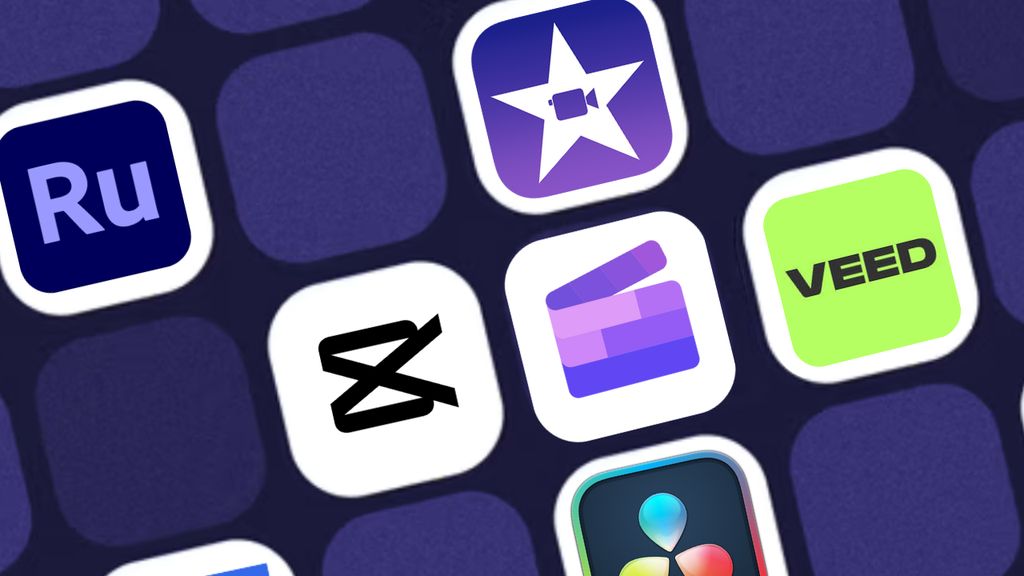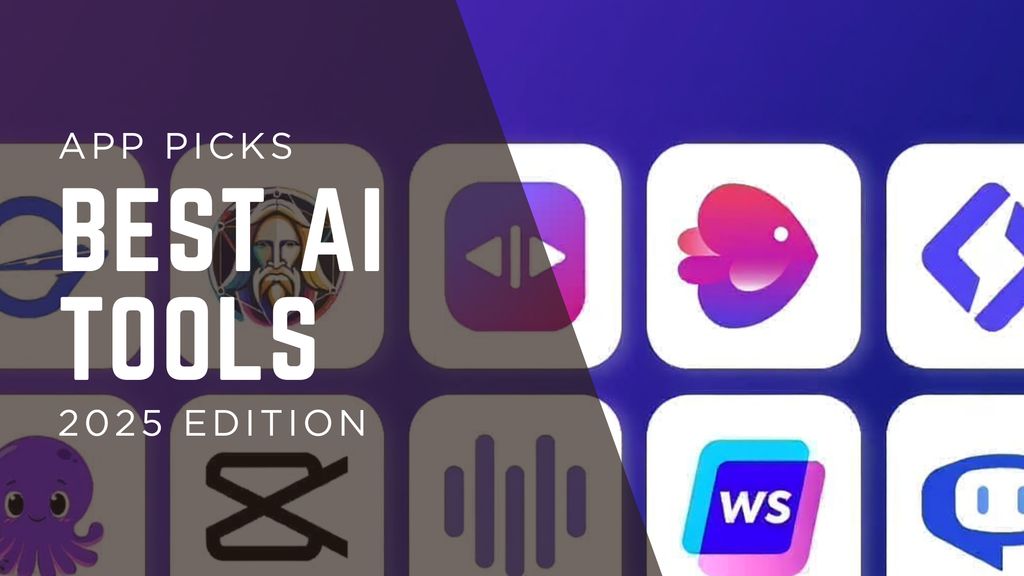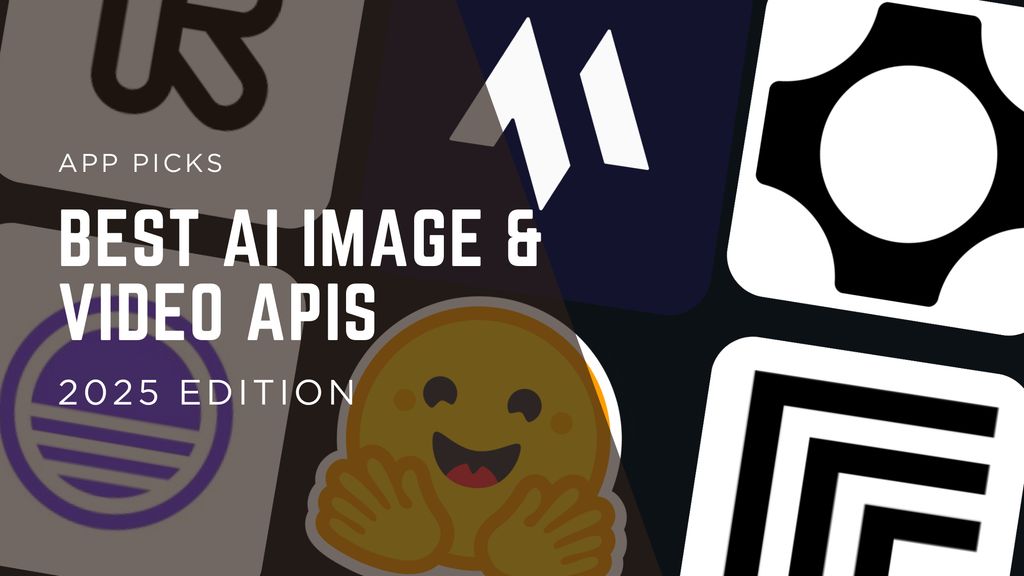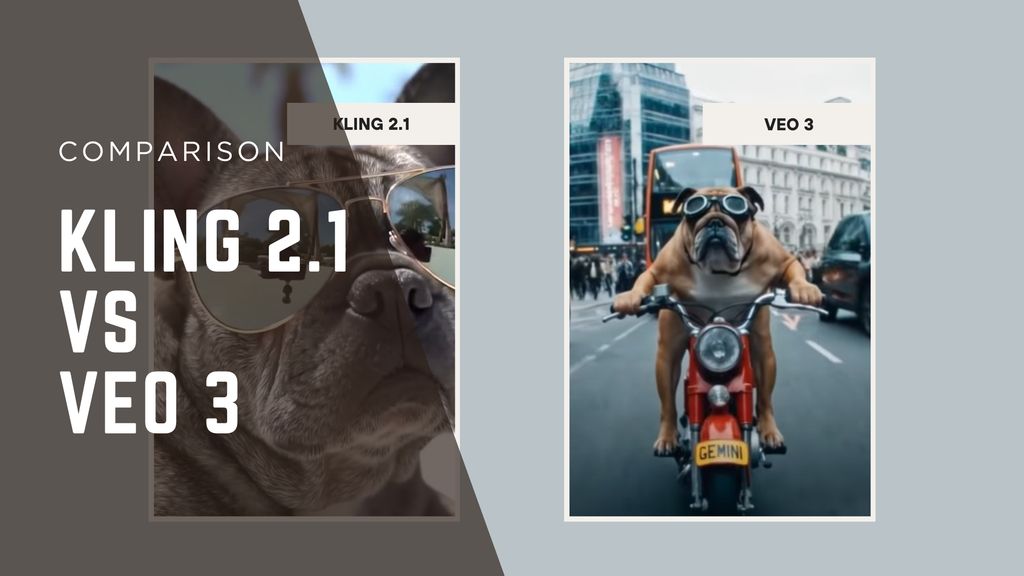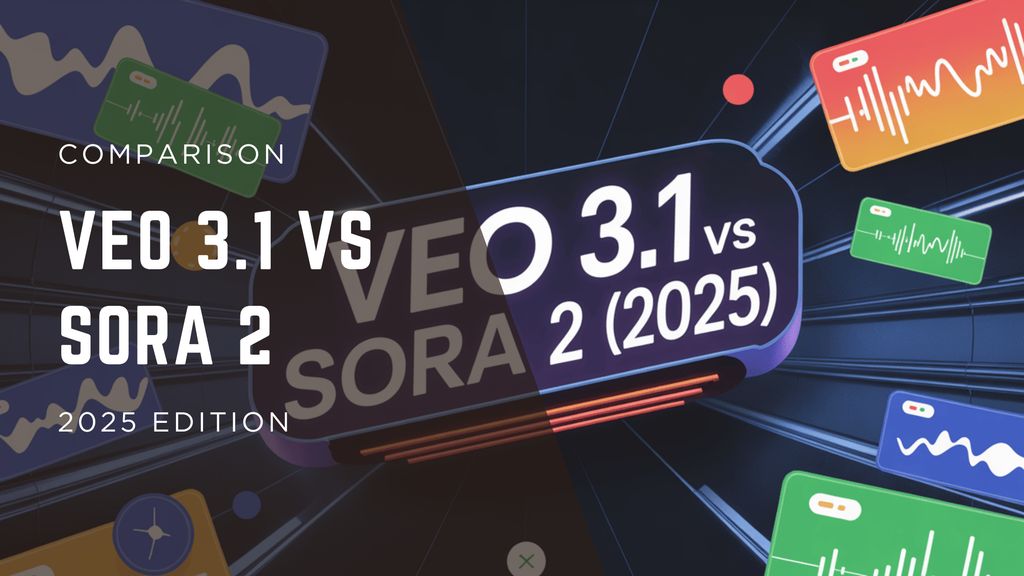Top 4 Sora 2 Alternatives: No Invite Codes, Fewer Restrictions


Why Creators Are Moving Away from Invite-Only Tools
Access to Sora 2 remains limited to research partners and closed beta users. Most creators still face long waitlists or regional restrictions.
Fortunately, new-generation AI video tools now offer public access, stable motion quality, and realistic output without any invite codes.
After testing dozens of options, the four tools below consistently deliver the best balance of performance, usability, and creative control.
Best Sora 2 Alternatives at a Glance
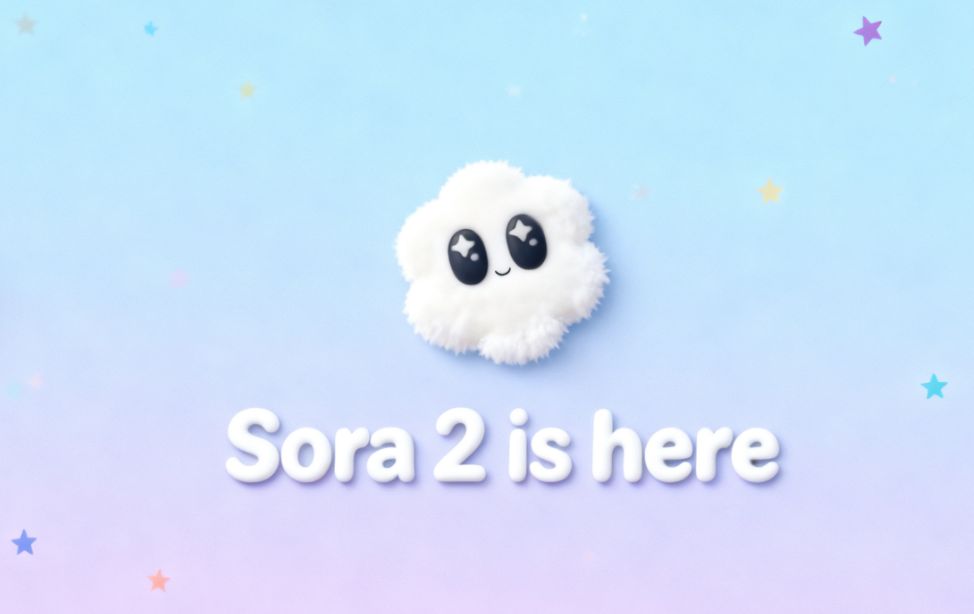
Tool | Best For | Key Features | Platforms | Free Plan | Starting Price |
All-in-one AI video creation | Text-to-video, image-to-video, face-swap, cinematic motion | Web | Yes | $12/mo | |
Natural cinematic realism | Long-form generation, camera-aware motion, human interaction | Web | No | N/A (invited beta) | |
High-speed short video creation | Realistic body movement, camera simulation, style rendering | Web | Limited | $15/mo | |
Professional editing and compositing | Gen-2 motion, inpainting, timeline editing | Web, macOS | Limited | $15/mo |
1. Magic Hour - The Most Balanced Sora 2 Alternative

Magic Hour stands at the forefront of generative video tools, offering the best mix of accessibility, creativity, and rendering speed. Unlike Sora 2’s invite-only policy, Magic Hour is open for anyone to try. The platform supports text-to-video, image-to-video, and face-swap generation within a unified dashboard that feels designed for creators who work fast.
Magic Hour’s strength lies in its iteration speed. Clips that would take hours on other platforms can be generated and refined in minutes, thanks to the tool’s streamlined preview system. The quality-to-speed ratio is impressive-footage often looks cinematic even before final upscale passes.
In testing, Magic Hour produced smooth transitions, stable motion, and coherent lighting across complex prompts. For creators who need brand-level output without technical tuning, it performs exceptionally well. There’s also a growing prompt-sharing community that helps creators replicate cinematic looks quickly.
Where it stands out most is flexibility. From anime-inspired shorts to high-realism ad-style shots, the system adapts fluidly to different visual targets. While it’s not yet as deep-learning-driven as Sora 2, Magic Hour provides more creative control and faster feedback loops, making it ideal for solo creators and agencies alike.
Feature | Magic Hour |
Access | Public |
Generation Types | Text-to-Video, Image-to-Video, Face Swap |
Strength | Speed, accessibility, visual fidelity |
Best Use | Social content, storytelling, short-form ads |
2. Veo 3.1 - Google DeepMind’s Cinematic Experiment

Veo 3.1 remains one of the most technically advanced alternatives to Sora 2, though still accessible mainly via limited invites. The latest iteration improves frame consistency, lighting realism, and text comprehension for long scenes. In essence, Veo 3.1 feels closer to a filmmaker’s lab than a public tool.
Its biggest advantage is prompt control. Users can describe shot types, focal lengths, and emotional tones with precision-something that feels like a professional storyboard system. In testing scenarios, Veo 3.1 could interpret prompts like “slow dolly-in on a rain-soaked alley at twilight” with striking accuracy, producing subtle camera motion and atmospheric lighting that rival real film sequences.
However, Veo 3.1’s barrier to entry remains high. The platform is in restricted beta, and processing times are longer than average. It’s not designed for high-volume social creators but rather for filmmakers who value precision and narrative coherence over speed.
In short, Veo 3.1 represents the cinematic end of the Sora 2 alternative spectrum-ideal for professionals with time, patience, and access.
Feature | Veo 3.1 |
Access | Limited Beta |
Generation Types | Text-to-Video |
Strength | Cinematic realism, camera control |
Best Use | Film concepting, scene generation |
3. Kling - China’s Answer to AI Video Realism
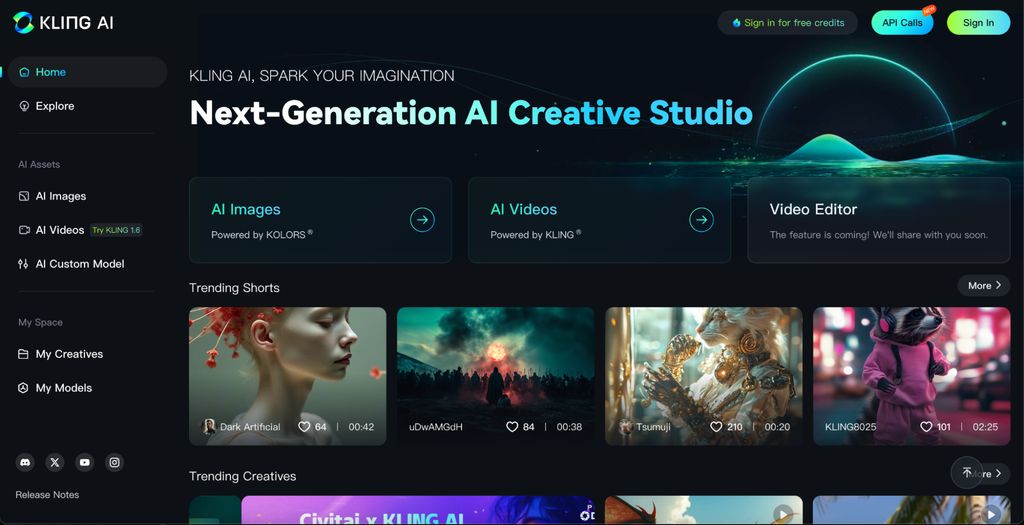
Kling, developed by Kuaishou, has rapidly evolved into a serious global player. Known for its ability to create realistic human motion and expressions, Kling bridges the gap between generative art and performative realism. It specializes in short clips that look filmed rather than generated, making it a strong choice for commercial, fashion, or performance-based content.
One of Kling’s strengths is its physics-driven movement system. Characters don’t just move-they act, react, and emote naturally. This realism makes it especially valuable for creators who want to simulate dance, sports, or expressive gestures that other models still struggle with.
Kling also performs well on complex lighting scenarios like neon reflections or water-based scenes. However, users outside China may face limited access or slower rendering speeds. Still, for those who can use it, Kling provides an uncanny realism edge that currently challenges both Sora 2 and Veo 3.1.
The workflow is slightly less intuitive for English-speaking users, but once adapted, the model’s visual quality can easily rival high-end animation studios for short-form production.
Feature | Kling |
Access | Public (limited) |
Generation Types | Text-to-Video |
Strength | Human realism, physical motion |
Best Use | Commercials, realistic short videos |
4. Runway - Reliable Editing and Production Companion
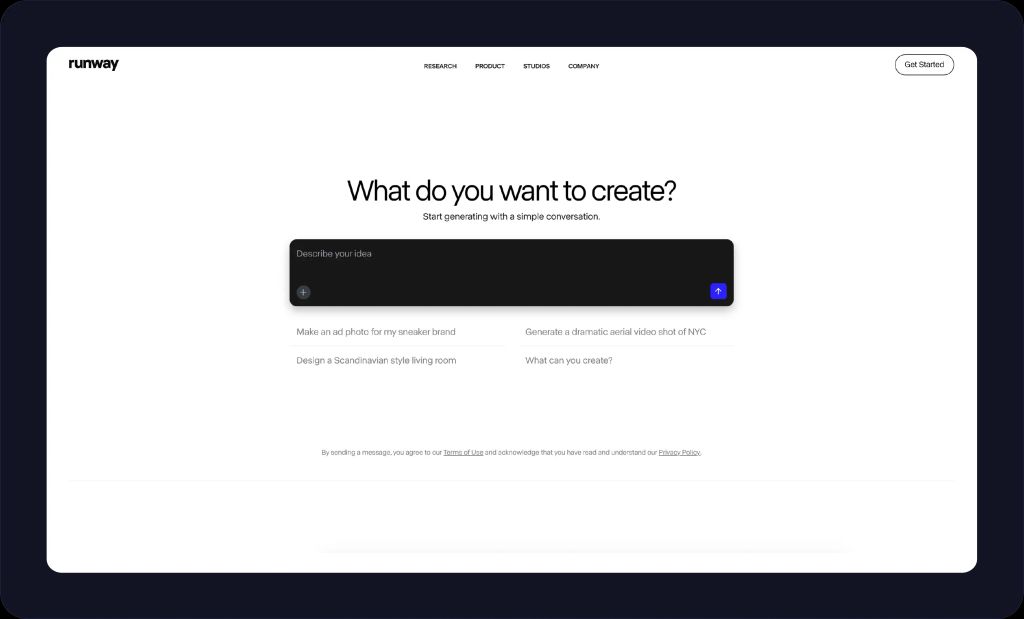
Runway has established itself as the most production-friendly platform among AI video tools. It’s not trying to compete directly with Sora 2’s large-scale realism, but instead focuses on integrating generative capabilities into editing workflows.
The latest version of Runway Gen-3 offers faster rendering, improved object consistency, and better motion tracking for compositing tasks. It’s a favorite among design studios and content teams who need videos they can edit, layer, and refine rather than fully generate from scratch.
In testing, Runway’s new motion brush and masking tools allowed frame-accurate control, making it ideal for iterative design. The results might not match Sora 2’s cinematic quality, but Runway remains the most stable and collaborative option for teams who care about efficiency and version control.
For creators who already work in After Effects or Premiere, Runway functions as a perfect generative assistant rather than a standalone cinematic generator. It’s also among the few tools that consistently maintain accessibility, clear pricing, and a transparent roadmap.
Feature | Runway |
Access | Public |
Generation Types | Text-to-Video, Image-to-Video |
Strength | Editing tools, team workflow |
Best Use | Studio production, post-processing |
How I Tested These Tools
Dataset - 15 static and motion source images including portraits, 3-person compositions, and landscapes
Prompt style - cinematic motion, directional lighting, camera panning
Evaluation criteria - ease of use, motion realism, rendering speed, flexibility, cost efficiency
Tool | Ease of Use | Motion Quality | Realism | Flexibility | Value |
9 | 9 | 9 | 10 | 9 | |
6 | 10 | 10 | 7 | 6 | |
8 | 8 | 8 | 8 | 8 | |
7 | 10 | 10 | 9 | 7 |
Key insight - Magic Hour remains the best overall option for open-access users, while Veo 3.1 continues to define the upper benchmark for cinematic realism.
Market Trends and Future Outlook
The AI video market is evolving rapidly toward accessibility and integration.
Three core trends define this shift:
- API-first design - Magic Hour and Runway are introducing developer pipelines for automation and scripting.
- Realistic motion synthesis - Kling and Veo 3.1 lead the push for human-like motion and camera simulation.
- Voice and video fusion - expect integrated dubbing and emotion-based lipsync tools by mid-2026.
Emerging competitors such as PixVerse, Viggle, and LTX Studio are also experimenting with hybrid workflows that merge scene composition, dialogue, and physics-based animation.
Final Takeaway
Use Case | Recommended Tool |
General creative and cinematic projects | |
Research-level realism and physics | |
Fast short-form or social video creation | |
Studio editing and compositing |
For creators still waiting for public Sora 2 access, these four platforms provide a complete, practical ecosystem.
Magic Hour delivers the best open balance of realism and speed. Kling and Runway excel in motion and editing control, while Veo 3.1 represents the technical future of cinematic AI generation.
FAQ
Is Sora 2 publicly available yet?
No, Sora 2 access remains restricted.
Which Sora alternative offers the best free plan?
Magic Hour currently provides the most capable free tier with balanced output.
What’s the fastest tool for generating short clips?
Kling is fastest for short video generation, followed by Magic Hour.
Which tool offers the best realism?
Veo 3.1 and Runway ML lead in realism and scene coherence.
Can these tools be used commercially?
Yes, all platforms listed here offer commercial usage rights on paid plans.

